From The Office to The Mary Tyler Moore Show, there are some hugely influential sitcoms that changed the genre so drastically that they’re still being emulated by TV comedies today. There are few genres as rigid as the sitcom. Every sitcom has an ensemble cast of eccentric but lovable characters. Every week, they get into some wacky misadventures that are divided between an A-plot and a B-plot, which sometimes get intertwined (thanks to a narrative tactic pioneered by Seinfeld). Over the course of a given series, these characters will grow to love each other like a family.
But those tropes and conventions didn’t appear out of thin air. They had to be developed throughout decades of television history. Groundbreaking shows like M*A*S*H, Fawlty Towers, and The Honeymooners originated character archetypes, storytelling tricks, and comedic styles that sitcom writers are still trying to replicate to this day. All in the Family introduced the trope of clashing ideologies under the same roof. The Simpsons introduced the notion of adult-oriented animation. And, of course, for the past two decades, every network on the airwaves has been trying to come up with the next Friends.
10
Cheers
Cheers established a lot of the tropes that are now commonplace in the sitcom genre. It revolves around the staff and regulars of a Boston bar where everybody knows your name. It introduced sprawling ensemble casts full of colorful characters, a touching sense of community in a dysfunctional setting, and, most importantly, the “will they or won’t they?” couple. Sam and Diane’s on-and-off romance in Cheers paved the way for Ross and Rachel in Friends, Tim and Dawn in The Office, Jim and Pam in the American version of The Office, and Janine and Gregory in Abbott Elementary.
9
M*A*S*H
Until M*A*S*H came along, save for the odd bit of cloying melodrama, the sitcom was used purely as a vehicle for humor. With its occasionally harrowing story set during the horrors of the Korean War, M*A*S*H proved that sitcoms could mix some more serious dramatic elements into their humor. M*A*S*H was a really funny show, but it wasn’t afraid to kill off characters. A lot of other comedies followed suit and introduced darker elements to the standard sitcom setup, from fellow classics like Taxi and The Jeffersons to more recent efforts like BoJack Horseman and Orange is the New Black.
8
Fawlty Towers
Fawlty Towers laid out the template for the British sitcom. A lot of classic British sitcoms have even copied Fawlty Towers’ episode count and called it quits after two seasons: Spaced, Fleabag, The Office, Extras, The Young Ones, I’m Alan Partridge. Fawlty Towers’ farcical storylines and cringe humor had a massive influence on British comedy. John Cleese’s turn as Basil Fawlty — one of the greatest sitcom performances of all time — created the archetype for British sitcom characters. From David Brent to Alan Partridge, British sitcom protagonists tend to be bumbling buffoons with a complete lack of self-awareness and social skills.
7
The Mary Tyler Moore Show
The Mary Tyler Moore Show has influenced just about every workplace comedy that came in its wake. This series introduced the idea of co-workers as found family. In the final episode, Mary delivers a touching monologue about how the people she works with are as good as family, because she loves them and they make her feel less alone. This concept of the workplace family would later be copied by Cheers, The Office, Superstore, Parks and Recreation, Night Court, Brooklyn Nine-Nine, and even the decidedly unsentimental It’s Always Sunny in Philadelphia.
6
The Office
Ricky Gervais and Stephen Merchant brought the mockumentary format to the small screen with their highly influential masterpiece The Office. With talking-head interviews, awkward glances at the camera, and characters that are aware they’re on TV, The Office pioneered a whole new way to make a sitcom. After it was successfully adapted for American television, it promptly became a new subgenre. The mockumentary style of The Office has since been emulated by Parks and Recreation, Modern Family, Abbott Elementary, and What We Do in the Shadows. Shows like Community, Entourage, and WandaVision have featured one-off episodes in the mockumentary format.
5
All In The Family
All in the Family was renowned for tackling taboo subjects that most network TV shows of its era wouldn’t dare to broach. It created comedic conflict by placing curmudgeonly working-class conservative Archie Bunker under the same roof as his ultra-liberal son-in-law Mike Stivic. Archie and Mike were conceived as extreme caricatures of either end of the political spectrum. Archie’s satire of bigotry was a major influence on South Park’s Eric Cartman, and the clash between his and Mike’s ideologies has influenced TV pairings like Stan and Hayley in American Dad! and Alex P. Keaton and his parents in Family Ties.
4
The Honeymooners
Jackie Gleason expanded a recurring sketch about a married couple from his variety show into its own half-hour sitcom with The Honeymooners. Gleason plays New York City bus driver Ralph Kramden opposite Audrey Meadows as his wife Alice. This show introduced the classic, somewhat problematic dynamic of the husband as a boorish, loudmouthed slob and his beautiful wife as a deadpan foil. It was later seen in The Flintstones, Married… with Children, The King of Queens, and Family Guy. More recently, the trope was brilliantly subverted and satirized in the underrated Kevin Can F**k Himself.
3
The Larry Sanders Show
Garry Shandling pioneered a brand-new type of sitcom driven by meta humor with his underappreciated gem The Larry Sanders Show. Set behind the scenes of a late-night talk show, it was the first of many TV shows about making a TV show, later followed by 30 Rock, The Comeback, and Aaron Sorkin’s Sports Night, The Newsroom, and Studio 60 on the Sunset Strip. The Larry Sanders Show demonstrated how much fun it could be to have celebrity guest stars playing unflattering versions of themselves, a conceit that has since been borrowed by Curb Your Enthusiasm, Extras, Episodes, and Hacks.
2
Friends
Networks have been trying to come up with the next Friends for the past two decades. There’s nothing that makes Friends particularly unique — it’s just about six twentysomething pals hanging out in New York — but its feel-good tone, its broad humor, and the fizzling chemistry between its perfectly matched actors all came together to make it a smash hit whose popularity endures to this day. Shows like New Girl, Coupling, and How I Met Your Mother have all tried to recapture what made Friends so successful. Even The Big Bang Theory eventually became a Friends clone.
1
The Simpsons
Although it started off as a series of shorts to fill out airtime on The Tracey Ullman Show, The Simpsons ended up making television history when it got its own half-hour series. The Simpsons’ blend of absurdist cartoon comedy and relatable family situations went on to influence the creation of King of the Hill, Family Guy, American Dad!, Bob’s Burgers, and F is for Family. None of those shows would exist without The Simpsons.
And it’s not just family shows that were inspired by The Simpsons; its influence goes even further than that. More broadly, The Simpsons proved that animation doesn’t just have to be for kids, and there’s a huge audience of adults that are itching to watch inappropriate cartoons. It paved the way for South Park, The Boondocks, Archer, Rick and Morty, BoJack Horseman, and countless other adult-oriented animated shows.
Source link









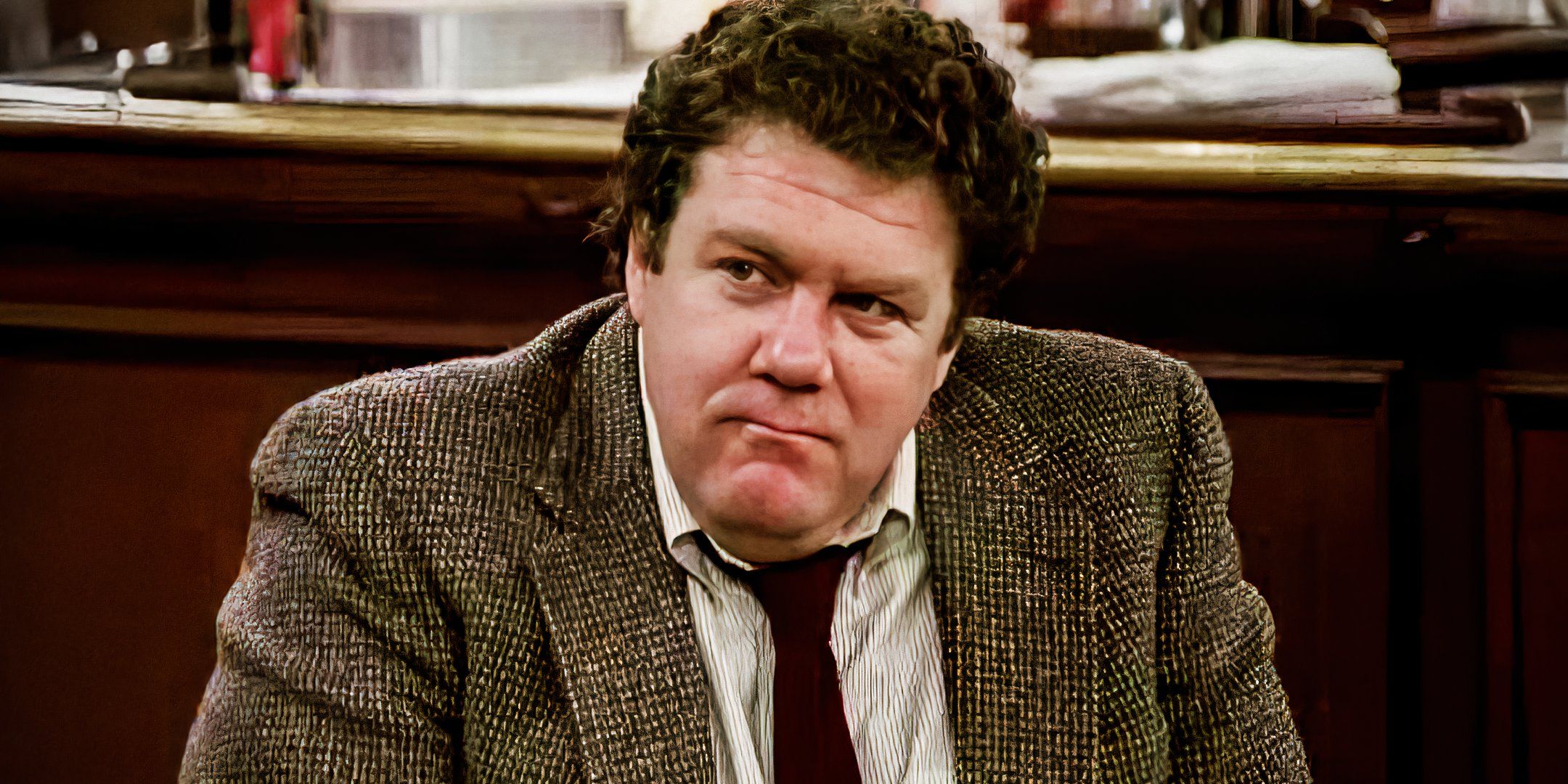
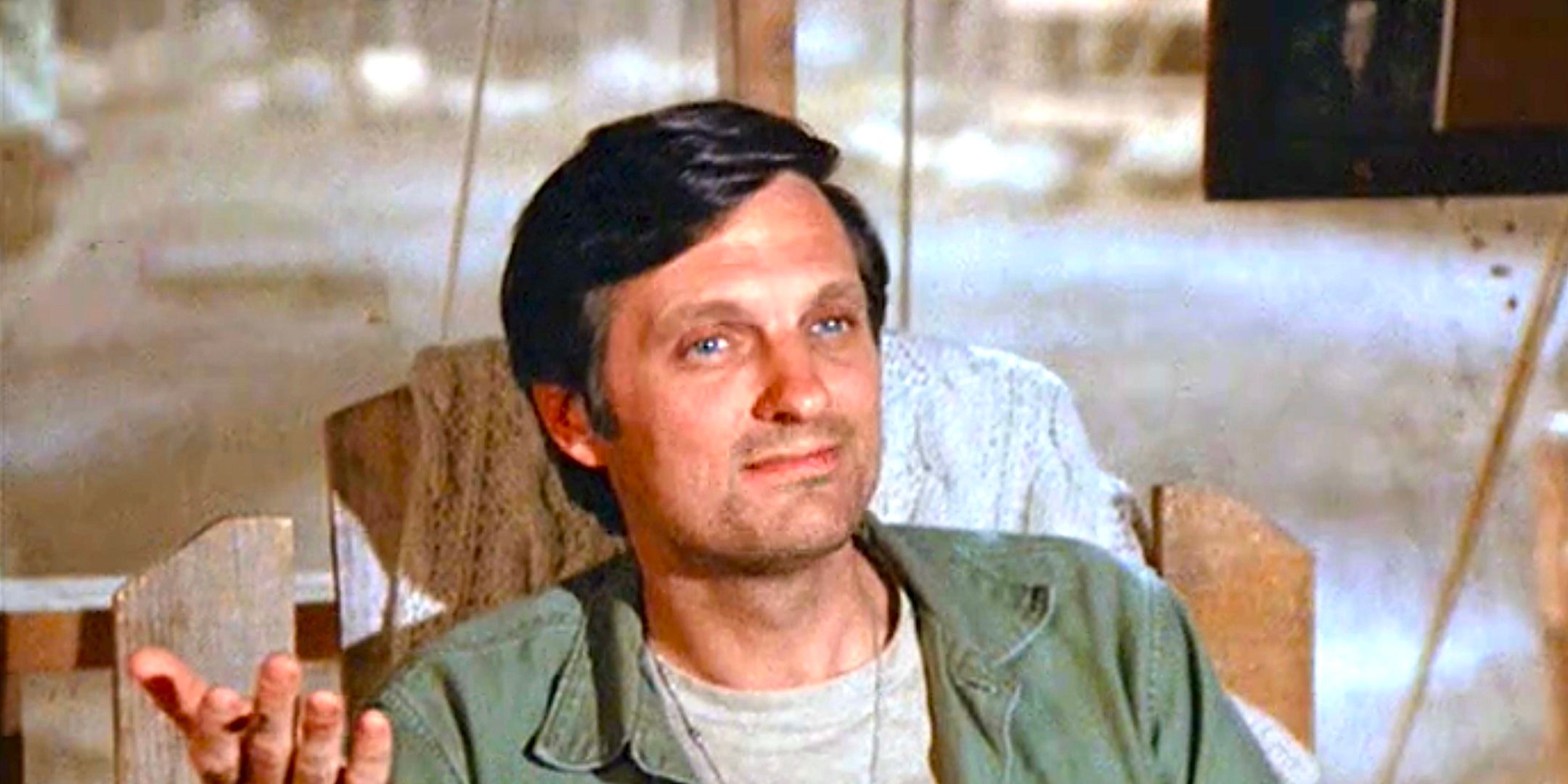
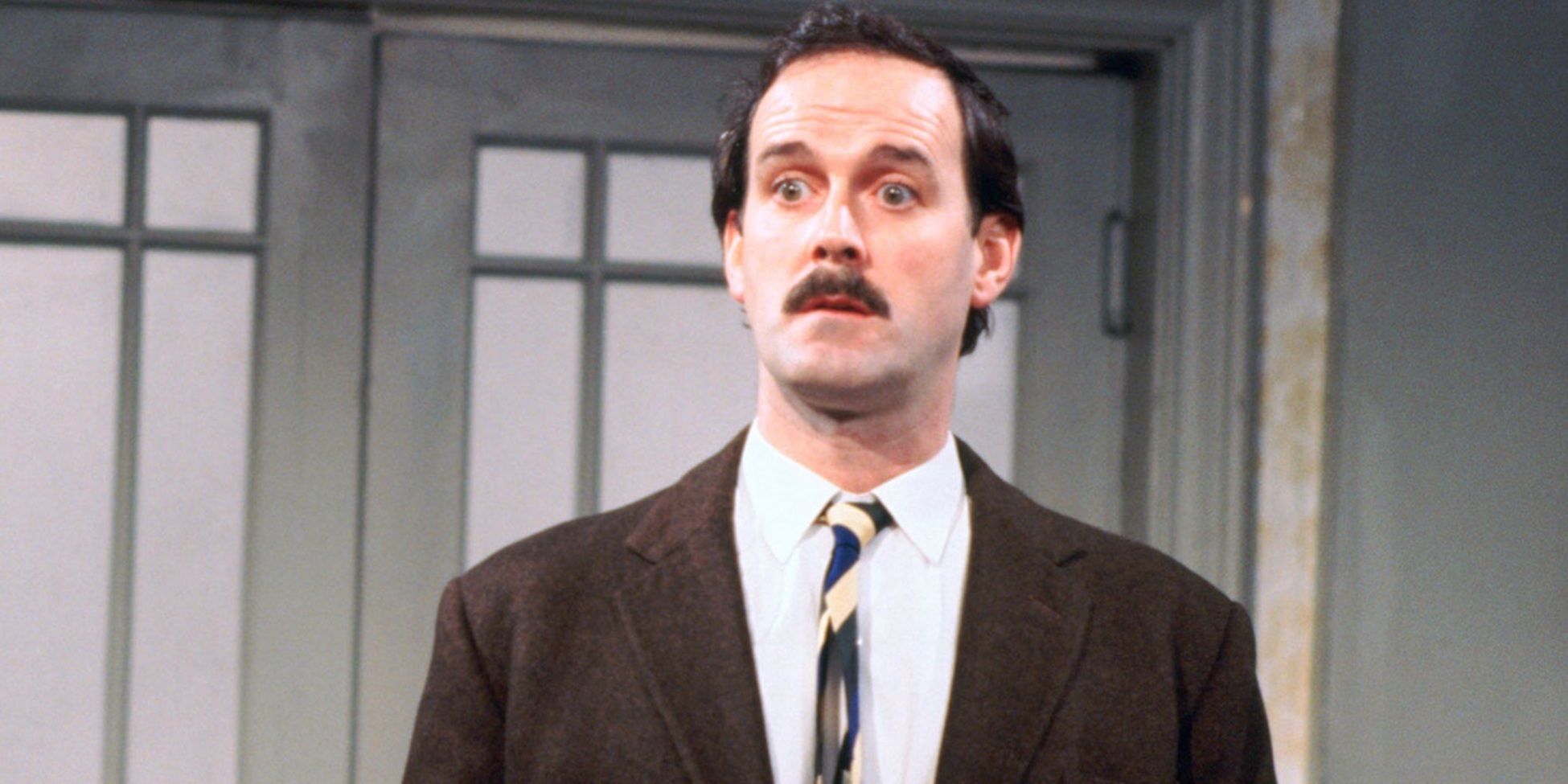
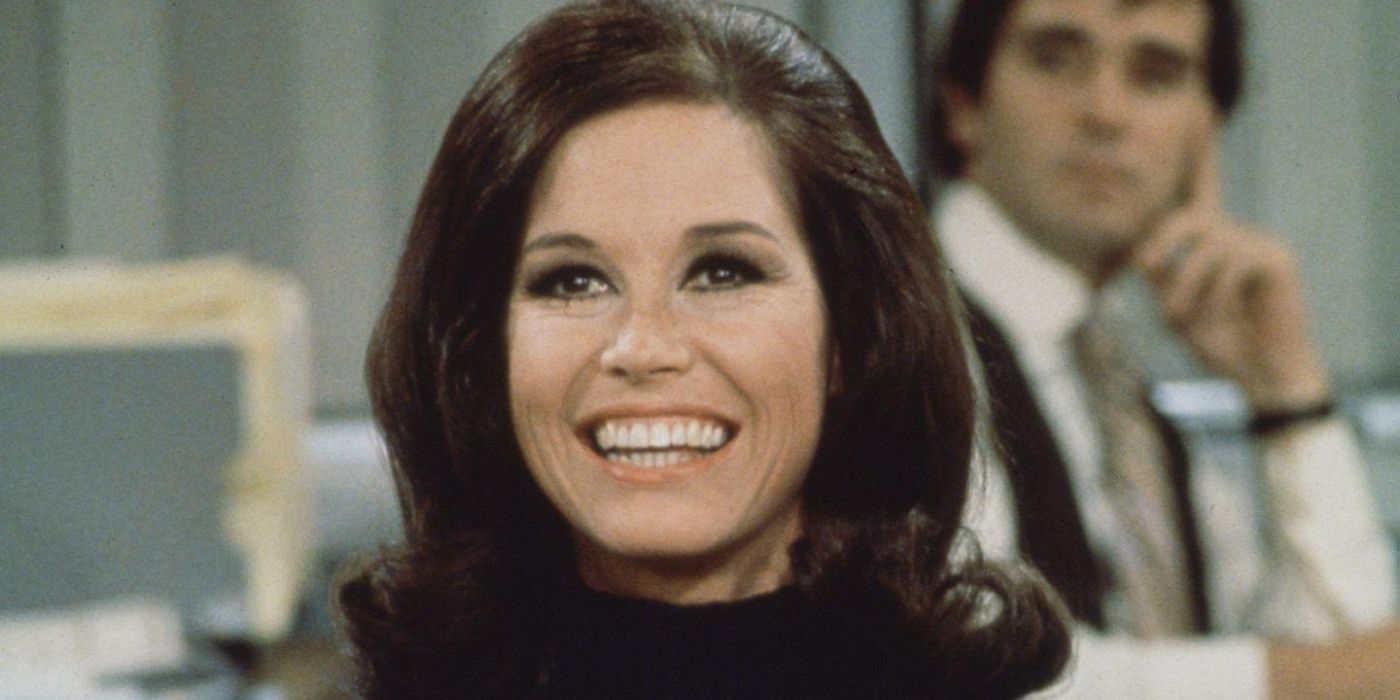
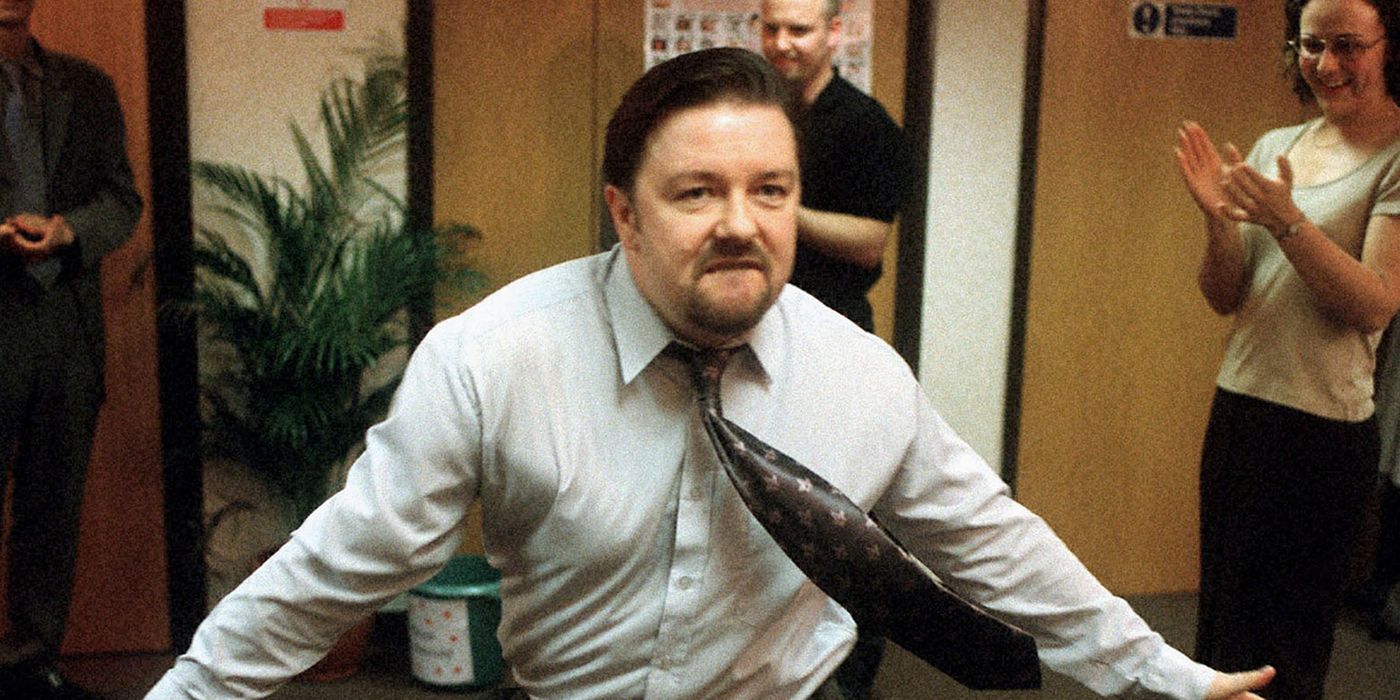
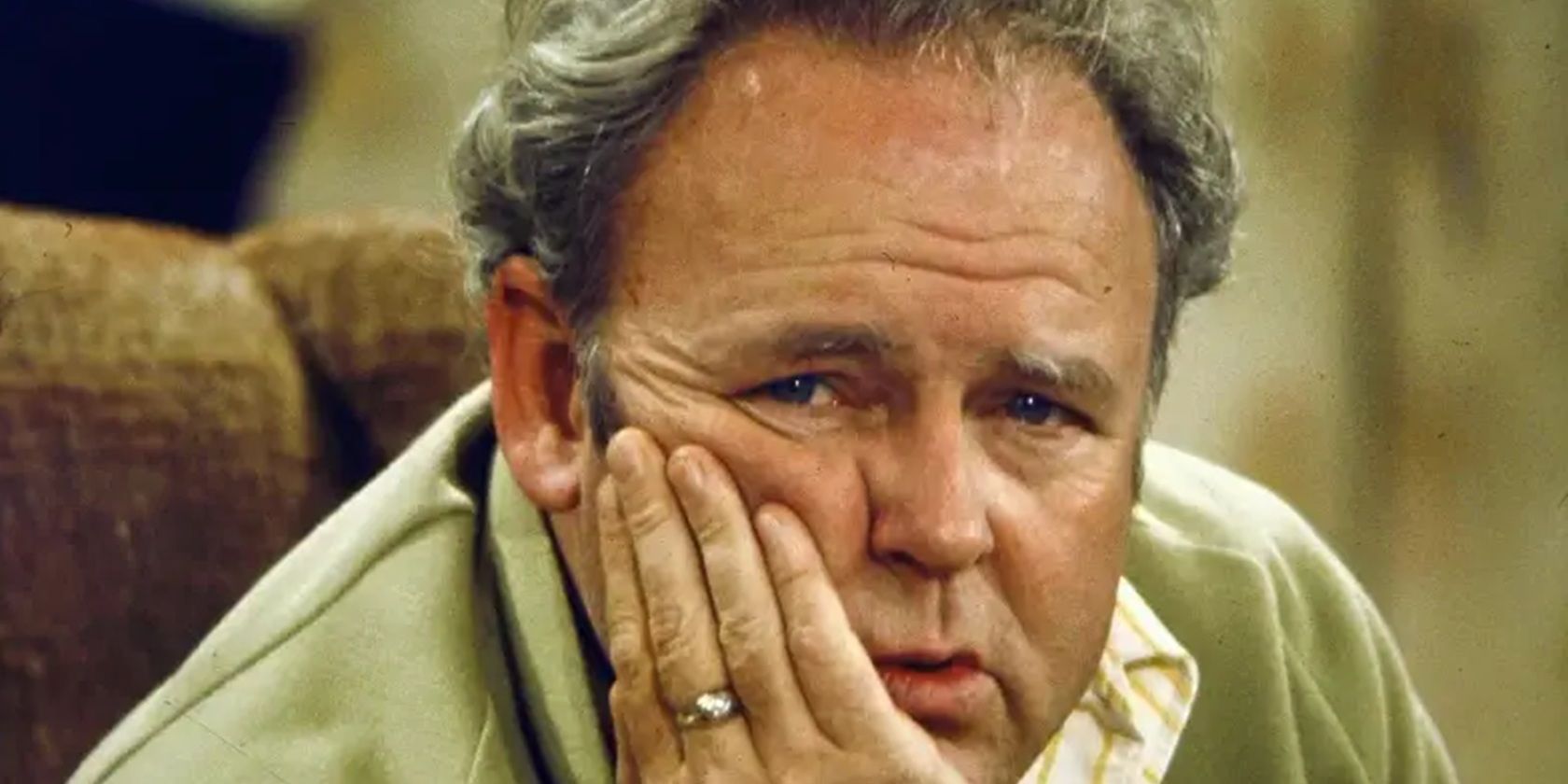
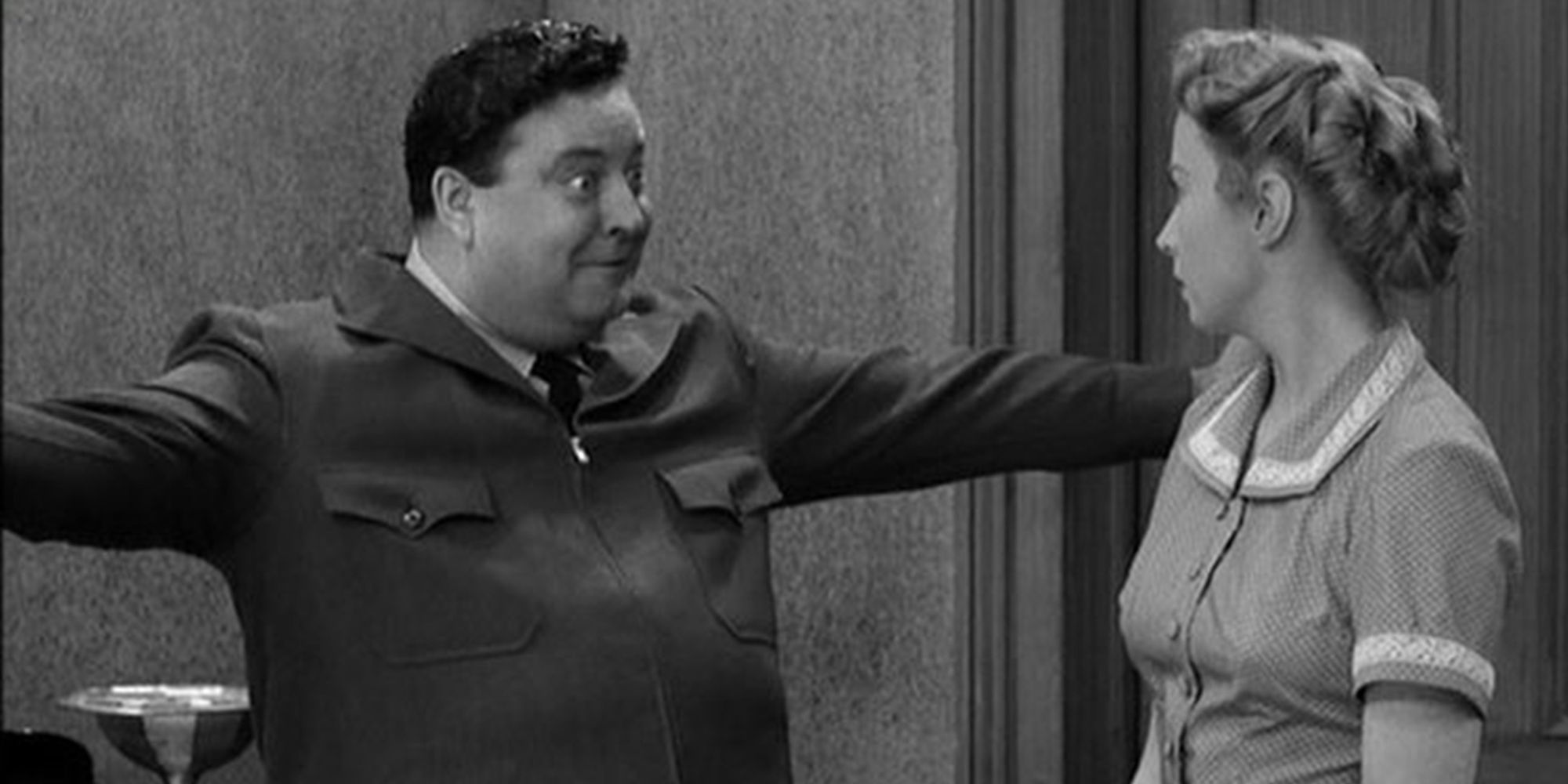
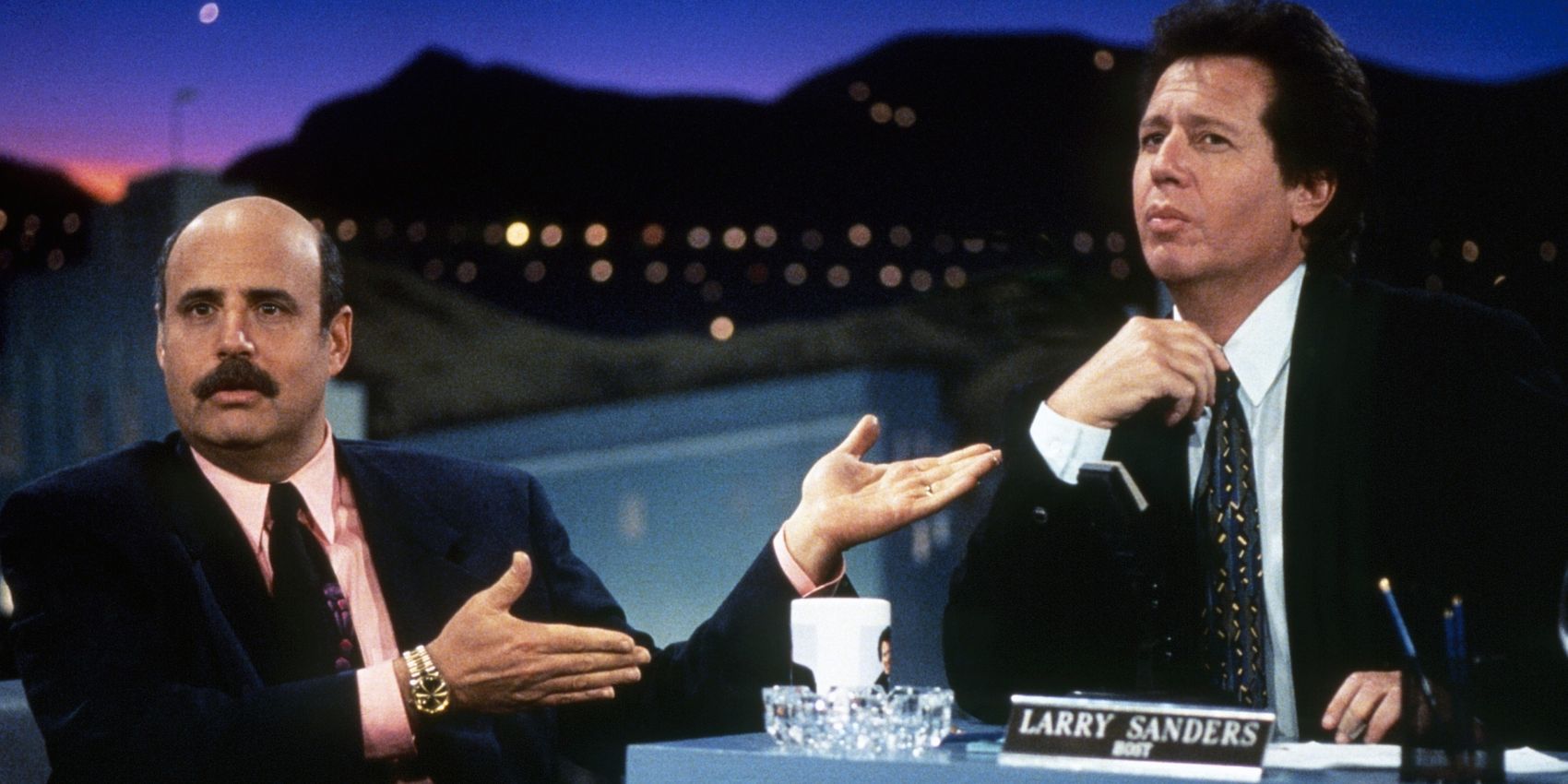
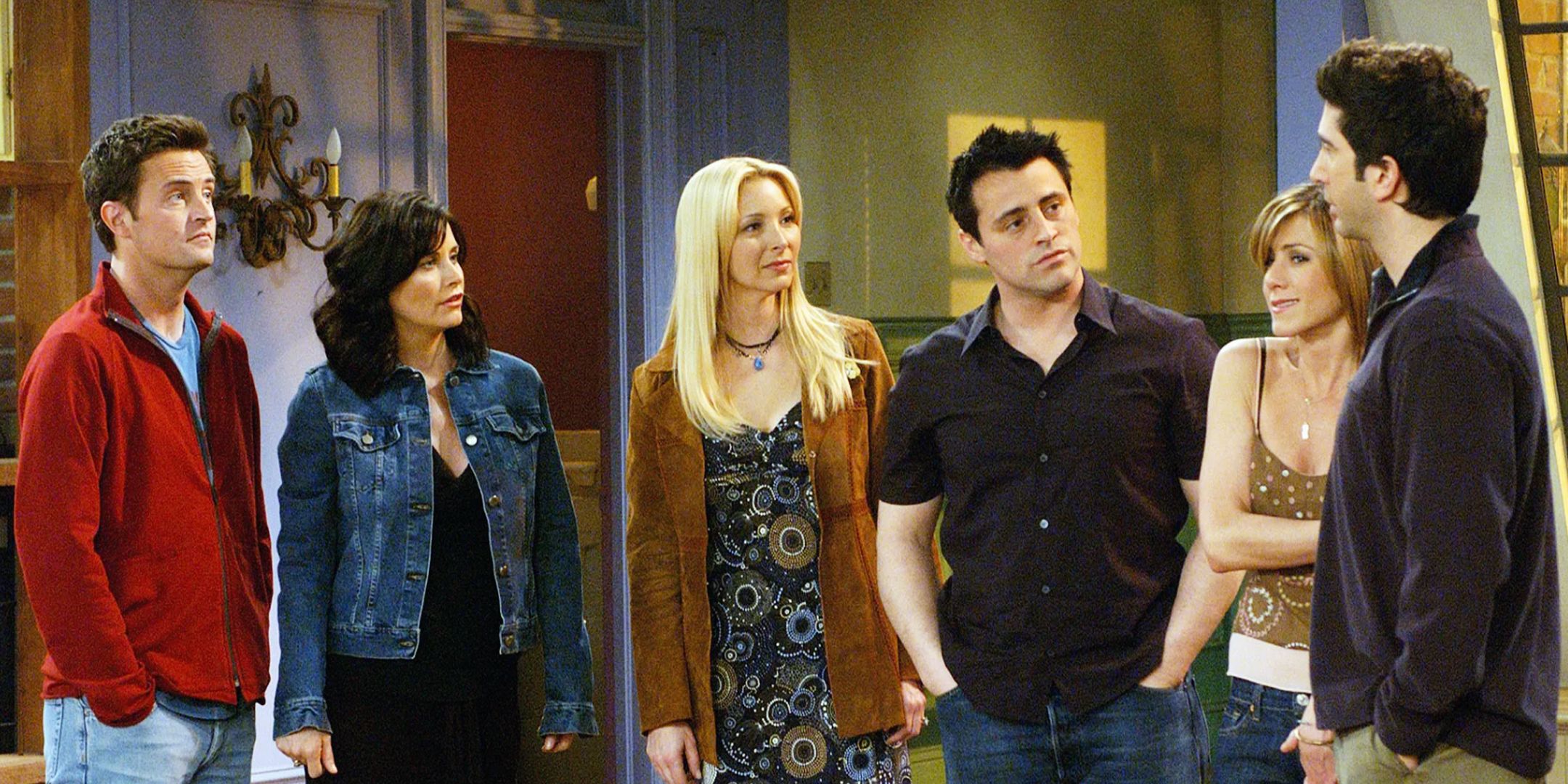
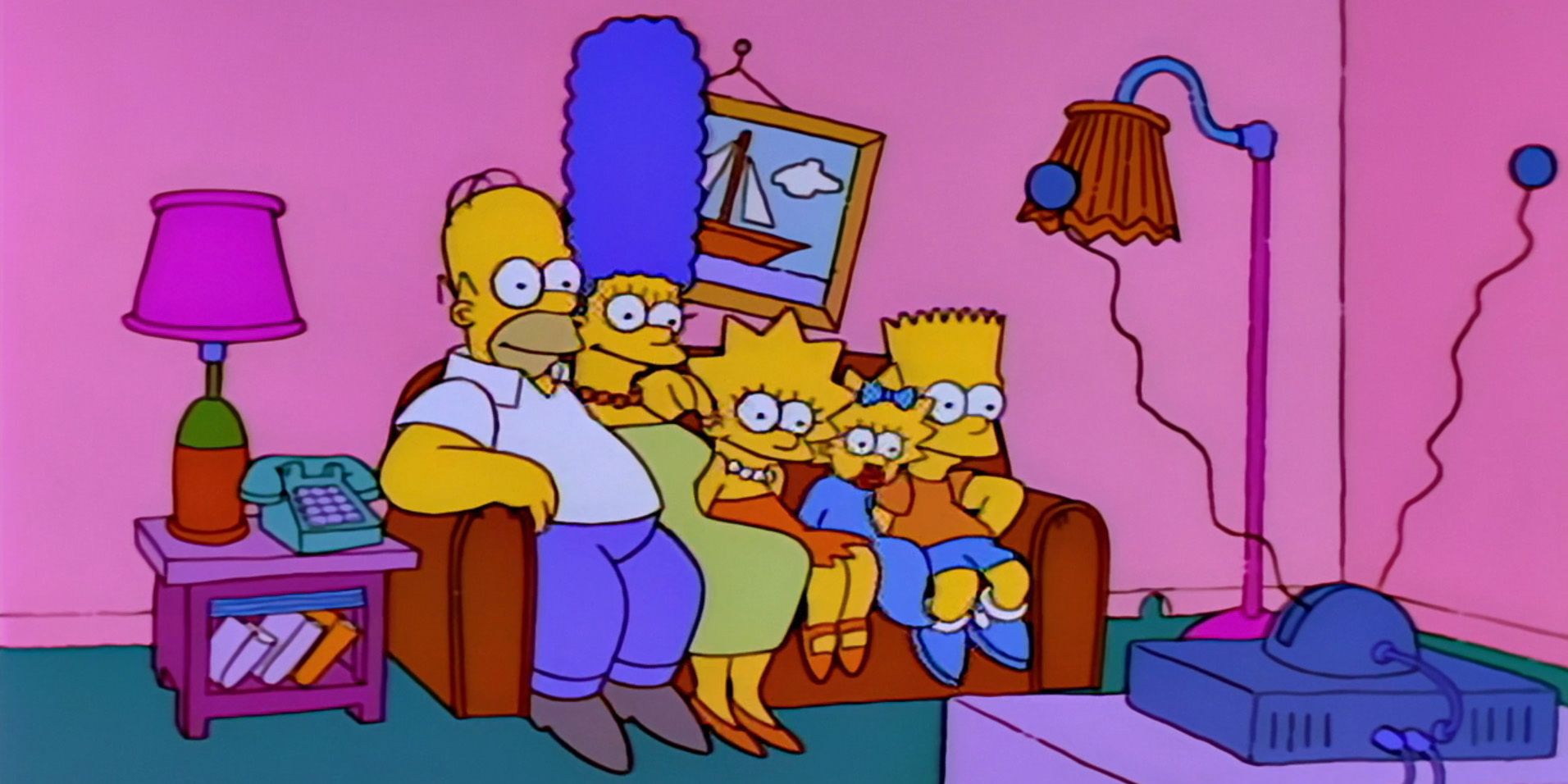








Add Comment